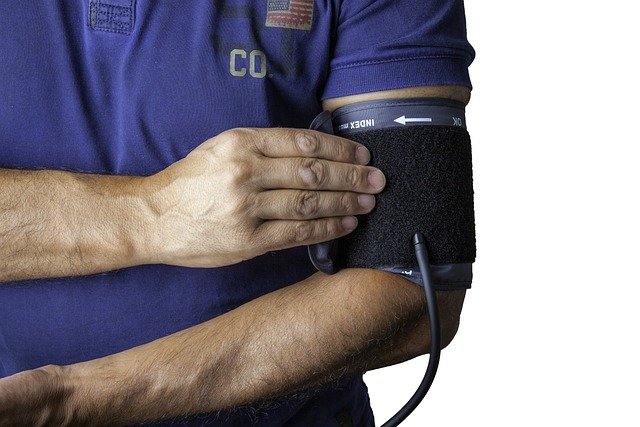What clinicians assess during preemployment medical reviews
Preemployment medical reviews are focused health checkups that help clinicians determine whether a candidate can safely perform job duties and identify potential workplace risks. These assessments typically combine screening questions, a focused physical exam, vitals measurement, immunization verification, and targeted lab work. Reviews may also address preventive care, chronic conditions, and role-specific needs such as cardiac screening for physically demanding roles or travel vaccinations for international assignments.

This article is for informational purposes only and should not be considered medical advice. Please consult a qualified healthcare professional for personalized guidance and treatment.
Routine checkup and screening elements
A preemployment checkup starts with a detailed screening and wellness history to capture past illnesses, current medications, allergies, and functional limitations. Clinicians ask about occupational exposures and any symptoms that could affect safety or performance. This screening informs what parts of the physical exam need emphasis and whether additional testing or specialist referral is necessary. Accurate history-taking also ensures immunization records are reviewed and that communicable disease risks are identified for roles with public-facing or healthcare responsibilities.
Vitals: blood pressure, heart rate, and BMI
Measuring vitals is a core component of the assessment. Blood pressure, heart rate, respiratory rate, temperature, and body mass index (BMI) provide immediate data about cardiovascular and metabolic status. These measures can reveal previously undiagnosed hypertension, arrhythmia concerns, or signs of acute illness. Clinicians repeat abnormal readings or recommend follow-up testing when necessary. Vitals serve both as a snapshot of current health and as baseline values for ongoing occupational health monitoring.
Lab work, immunization, and preventive screening
Targeted lab work supports the physical exam when indicated by history, role exposure, or age-related screening needs. Common tests include complete blood counts, basic metabolic panels, lipid panels, and specific infection screens tied to job risks. Immunization verification is standard for many employers—examples include hepatitis B for clinical roles or influenza in certain settings—and travel-related vaccines when international assignments are anticipated. Preventive screening recommendations, such as diabetes or lipid checks, are tailored to individual risk profiles and job requirements.
Cardiology and role-specific medical assessments
Certain positions require focused cardiology evaluation or exercise tolerance testing, especially for physically demanding work. Clinicians review cardiac history, ask about symptoms like chest pain, palpitations, or syncope, and use ECGs when indicated. Role-specific assessments may also include pulmonary function tests, musculoskeletal exams, or neurological screening depending on job tasks. The objective is to identify conditions that could impair safe performance and to recommend accommodations or further specialist assessment if needed.
Pediatrics to geriatrics: age-related considerations
Preemployment medical reviews adapt to the age and life stage of the candidate. For younger employees, assessments emphasize immunizations, reproductive health where relevant, and protections for developing systems. For older adults, clinicians focus more on chronic disease management, polypharmacy risks, mobility and fall risk, and cognitive screening if job duties require complex decision-making. Across age groups the clinician balances individual wellness with the physical and cognitive demands of the position to assess fitness for duty impartially.
Functional testing, travel health, and documentation
Functional assessments—such as vision and hearing screening or task-specific simulations—help determine whether a candidate can safely perform essential duties. For roles involving travel, clinicians address travel vaccinations, prophylaxis, and region-specific health risks. Thorough documentation of findings, recommended accommodations, and follow-up plans supports employer compliance with occupational health policies and helps ensure continuity of care. Clear records also facilitate periodic reassessment and preventive health planning.
Conclusion Preemployment medical reviews bring together screening, physical exam elements, vitals measurement, immunization checks, and selective lab work to form a comprehensive assessment of workplace fitness. By tailoring evaluations to individual health, job demands, and age-related needs—including cardiology or travel considerations—clinicians aim to protect both worker health and workplace safety without making speculative judgments about long-term outcomes.






